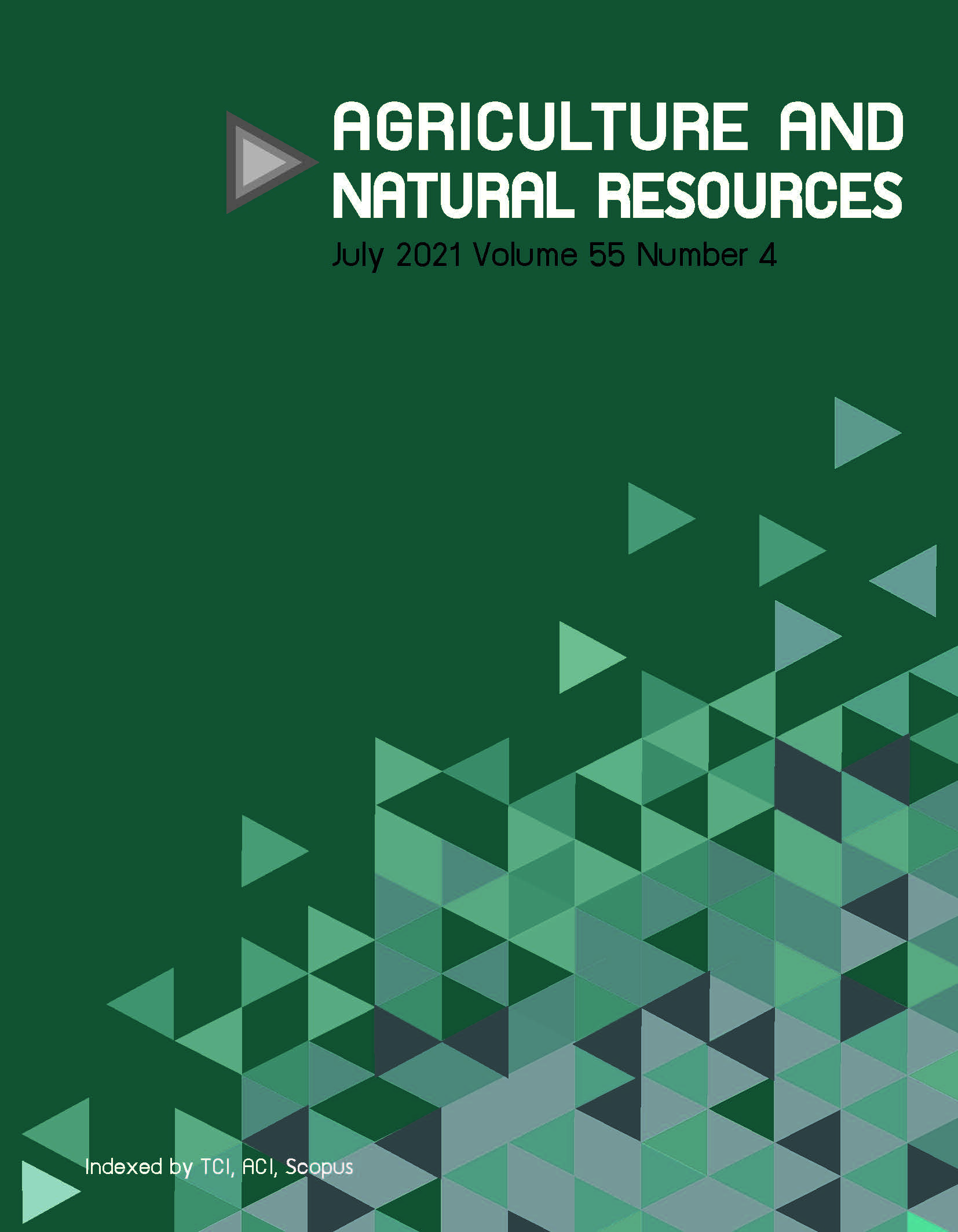Anticancer effects of aurisin A extracts from Neonothopanus nambi on human papillomavirus-infected cervical cancer cells
Keywords:
Aurisin A,, Cell cycle arrest, Cervical cancer, Human papilloma virus (HPV), Neonothopanus nambiAbstract
Cervical cancer is one of the most common cancers in women worldwide. This study determined the effects of aurisin A on cervical cancer cell lines (Hela, CaSki, SiHa), by investigating the molecular mechanisms underlying the effects of aurisin A treatment and the cytotoxic effect of aurisin A. The number of apoptotic cells and nuclear morphological features were observed using flow cytometry and confocal microscopy, respectively. Migration of cancer cells was determined using a wound-healing assay. The cell-cycle distribution was determined using flow cytometry. Expression of proteins related to cell proliferation, cell-cycle arrest and apoptosis was quantified using western blot analysis. Aurisin A had no cytotoxic effect on normal white blood cells. Treatment of the cervical cancer cell lines with aurisin A resulted in inhibition of cell proliferation. Aurisin A inhibited migration of Hela and CaSki cells by suppressing the level of the protein vascular endothelial growth factor. Induction of G0/G1 phase arrest in Hela cells was correlated with cyclin D1 and Cdk-4 downregulation. Similarly, S-phase arrest in CaSki cells was due to Cdk-2 downregulation. Notably, aurisin A induced nuclear condensation and fragmentation, a marker of apoptosis in Hela cells, as revealed in increased caspase-9 expression. No tested concentration of aurisin A changed the nuclear morphology or increased the percentage of apoptotic cells in the CaSki cells. This suggested that the Hela and CaSki cells were sensitive to aurisin A based on different mechanisms. These results clearly indicated that aurisin A is a potent agent for the treatment of cervical cancer and merits further trials and research.
Downloads
Published
How to Cite
Issue
Section
License

This work is licensed under a Creative Commons Attribution-NonCommercial-NoDerivatives 4.0 International License.
online 2452-316X print 2468-1458/Copyright © 2022. This is an open access article under the CC BY-NC-ND license (http://creativecommons.org/licenses/by-nc-nd/4.0/),
production and hosting by Kasetsart University of Research and Development Institute on behalf of Kasetsart University.







